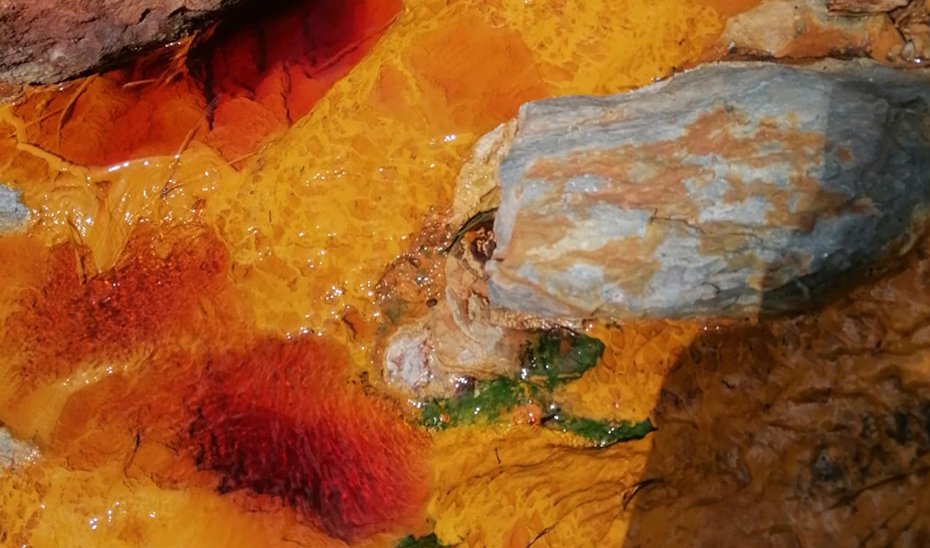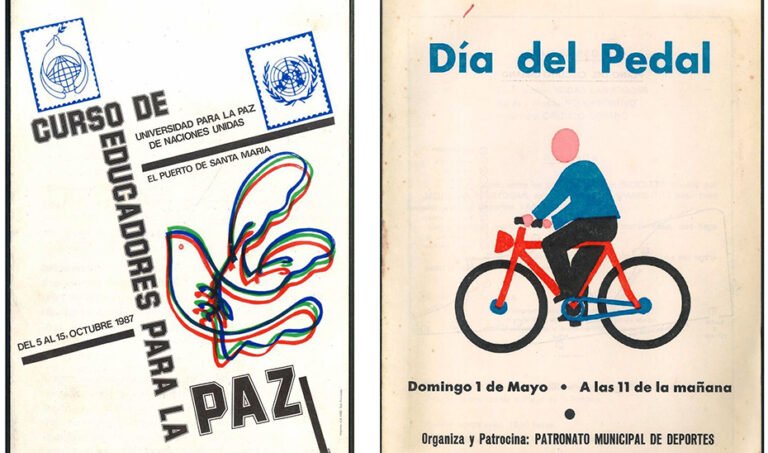
The Ministry of University, Research and Innovation has funded a research project at the University of Huelva that confirms that the addition of iron to cultures of the microalga ‘Coccomyxa onubensis’ (‘C. onubensis’), native to the Tinto River, enhances the function of its extracts to reduce inflammation. The scientists are part of the ‘Microalgae Biotechnology’ research group at the University of Huelva, and the Center for Marine Sciences at the University of Algarve.
Experts from the University of Huelva, affiliated with the RENSMA and CIQSO Centers, in collaboration with the universities of Seville and Algarve, have found that subjecting this microorganism to stressful conditions increases the anti-inflammatory biochemical capacity of its extracts by up to 50%. Specifically, the addition of iron to cell cultures of this microalga promotes the accumulation of more compounds with anti-inflammatory properties.
«Iron stress stimulates the antioxidant response of the microalga, mainly increasing the content of some molecules with anti-inflammatory capacity. We have confirmed this in ‘in vitro’ tests with macrophages, immune system cells located in tissues,» explained Maria Robles, a researcher at the University of Huelva and the lead author of this study.
The microalga ‘Coccomyxa onubensis’, as seen through the microscope.
In general, microalgae are natural sources of antioxidant molecules. Many of them have biological activities with anti-inflammatory, anti-tumor, and antibiotic applications in human health. This is the case with ‘Coccomyxa onubensis’, for which previous research has described antibacterial and antioxidant properties. This microalga isolated from the surface of the Tinto River is extremophilic, meaning it can thrive in extreme environments. In this specific case, it thrives in an environmental setting of acidic waters rich in heavy metals, mainly iron and copper.
New bioactive properties
To achieve these results, the research team from Huelva compared the behavior of cultures of this microalga, to which they added iron, with cultures without this ion incorporated. «Previous studies have determined that this type of microalgae have a greater ability to adapt to stressful conditions due to the oxidative environment in which they live. With this work, we have confirmed that they can withstand extreme conditions like the incorporation of higher concentrations of iron without adversely affecting their growth, thanks to their antioxidant capacity,» clarified Robles.
For this purpose, the experts tested different concentrations of iron in the cultures to identify the level of stress this type of microalga can withstand and how it generates the antioxidant biochemical response. The iron-enriched cultures were kept growing for a period of about ten to twelve days.
Throughout the incubation period of the cultures, the researchers studied the growth and photosynthetic viability of the microalga. They also determined the content of various antioxidant compounds, mainly phenolic compounds and carotenoids, as well as their anti-inflammatory capacity. «Free radicals are unstable molecules naturally produced in the body, but can also be generated by external factors such as pollution, radiation, and stress. These free radicals attack cells, damaging DNA, proteins, and lipids, thus triggering an inflammatory response where the body tries to repair cellular damage,» noted the author, adding that «these antioxidant compounds are primarily found in fruits and vegetables, and are capable of neutralizing these free radicals and preventing them from damaging cells.»

Cultures of ‘Coccomyxa onubensis’.
Natural source of bioactive compounds
According to the experts, this work demonstrates the utility of this species of microalga from a highly acidic environment as a new natural source of anti-inflammatory nutraceuticals, i.e., dietary supplements that combine nutritive properties with other health benefits due to their ability to cope with the oxidative conditions of their habitat. «‘C. onubensis’ is a promising organism for producing bioactive compounds with anti-inflammatory activity, including fatty acids, polyphenolic compounds, and carotenoids,» pointed out the study’s author.
The next step in this project will be to identify the molecules responsible for the increased anti-inflammatory capacity of the extracts from this microalga. Thus, they could test their nutraceutical ability in patients with Crohn’s disease, ulcerative colitis, or rheumatoid arthritis, among others.

Research group ‘Microalgae Biotechnology’ at the University of Huelva, responsible for the study on the anti-inflammatory capacity of the microalga from the Tinto River.
This work, part of the ‘aALPHA: Acidophile Algae: Leading a Pathway to Health-related bioActivities’ project, also receives funding from the Portuguese Foundation for Science and Technology and the State Plan for Research, Development, and Innovation of the Ministry of Science, Innovation, and Universities.
The results of this study, titled ‘An extremely acidic environment microalga from Tinto River as a novel source of anti-inflammatory activity,’ have been published in the journal ‘Plant Physiology and Biochemistry.’





